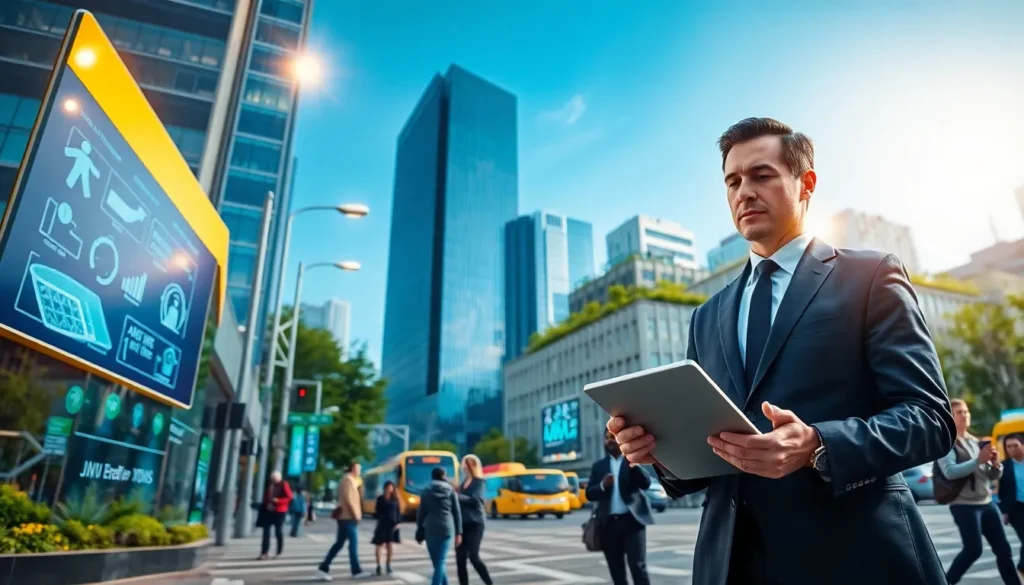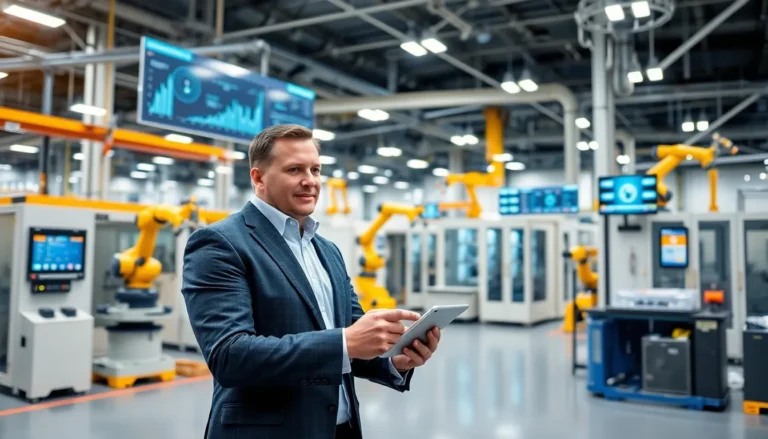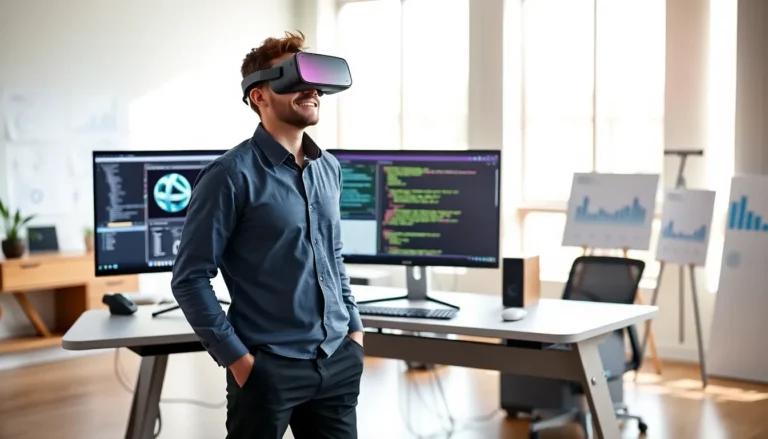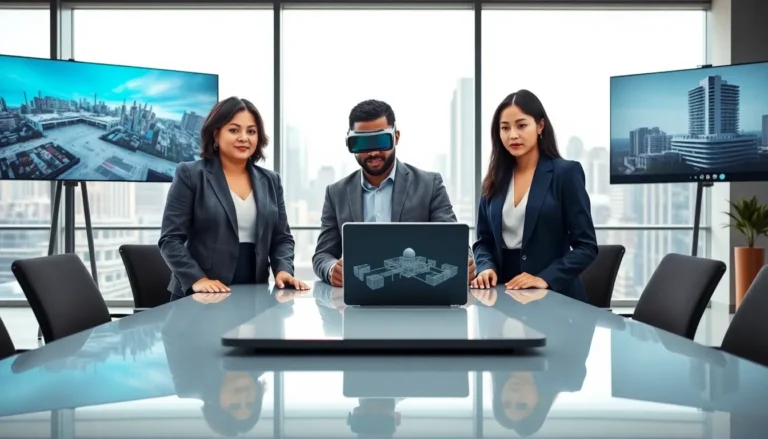Imagine a city where traffic lights talk to your car, parks know when to water the grass, and dumpsters alert the sanitation department when they’re full. Sounds like a sci-fi movie, right? But this isn’t the future – it’s the Internet of Things (IoT) bringing smart cities to life. With sensors, smart devices, and data analytics, IoT is revolutionizing urban life, making it more efficient and sustainable. In this guide, we’ll explore how IoT is reshaping cities and why it’s essential for modern urban development.
Table of Contents
ToggleUnderstanding Smart Cities
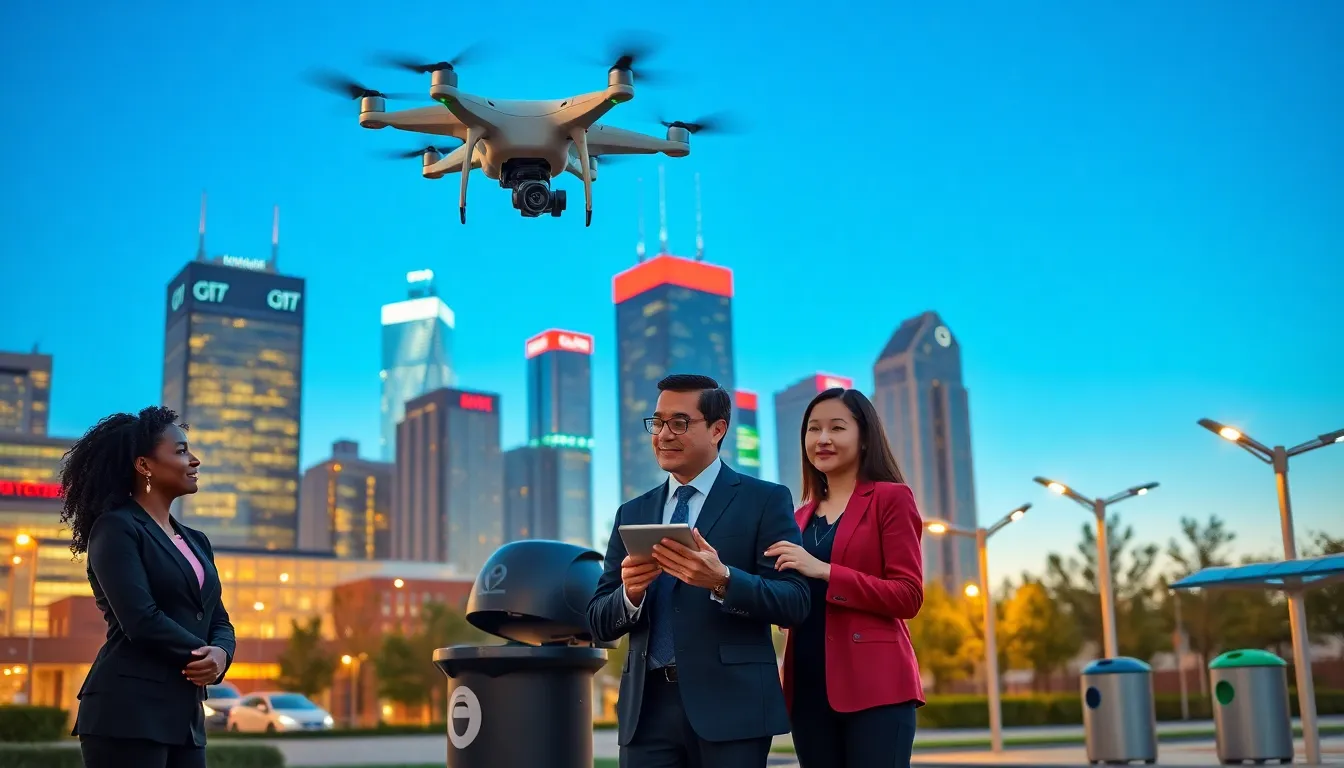
Smart cities leverage digital technology to enhance performance, share information with the public, and improve the quality of urban services. Cities are turning into interconnected ecosystems where everything from transportation to energy is optimized using data. Imagine a place where your morning commute is smoother, thanks to real-time traffic updates and smart parking solutions.
These urban landscapes focus on sustainability, efficiency, and improved quality of life. Think of smart waste management systems that adapt to demand, cutting down on environmental impact and costs. The term ‘smart city’ encompasses everything from energy management and public safety to enhanced citizen engagement. Each component works together, creating a seamless experience that’s often powered by IoT.
The Role Of IoT In Urban Development
IoT serves as the backbone of smart cities, providing the technology that gathers and analyzes data to improve city life. It comprises numerous devices connected to each other and the internet. These devices collect and share information, making it possible to monitor and manage resources smarter than ever before. For instance, smart streetlights can adjust their brightness based on the time of day or pedestrian presence, saving energy and improving safety.
Also, IoT aids in urban planning. By analyzing data from sensors, cities can anticipate growth or change and optimize their facilities accordingly. This foresight can lead to better infrastructure, reduced costs, and greater citizen satisfaction. IoT helps cities build resilience against challenges, be it climate change or rapid population growth.
Key Technologies Enabling IoT For Smart Cities
A variety of technologies empower IoT in smart cities. Each technology plays a unique role, contributing to the functionality and efficiency of urban life.
- Sensors: Devices that detect and report on environmental factors, such as air quality, temperature, and traffic patterns.
- Cloud Computing: Provides the necessary infrastructure to store and process the immense amount of data collected from IoT devices.
- Artificial Intelligence: AI analyzes the data generated by IoT systems, identifying trends and making predictions that help smarter decision-making.
- Big Data: The large volumes of data processed and analyzed help cities understand their needs better, tailoring services effectively.
- 5G Networks: This technology allows for fast, reliable connection speeds, enabling devices to communicate in real time.
Applications Of IoT In Smart Cities
The applications of IoT in smart cities are vast and varied. Here’s just a glimpse into what’s happening:
- Smart Transport: Systems that help to manage traffic flow and optimize public transportation routes.
- Smart Grids: Utilities can improve energy efficiency and reliability by monitoring and managing electricity usage effectively.
- Public Safety: IoT devices can notify police and emergency services instantly during incidents, ensuring quicker response times.
- Waste Management: Smart bins alert cities when they need to be emptied, reducing unnecessary pickups and saving on operational costs.
- Water Management: Sensors monitor water quality and detect leaks or inefficiencies in water distribution.
Challenges And Considerations
Even though its promise, implementing IoT in smart cities isn’t without its challenges. Data privacy is a significant concern. With data being collected on a mass scale, ensuring that residents’ information remains confidential is crucial.
Also, the integration of multiple systems can lead to compatibility issues and increased costs. There’s also the significant challenge of cybersecurity, as more connected devices mean more potential targets for cybercriminals. Cities must ensure robust security measures are in place to protect their infrastructures and their citizens. Finally, funding and sustainable investment remain crucial for long-term IoT projects.
Future Trends In IoT And Smart Cities
The future of IoT in smart cities looks promising. As technology continues to evolve, the integration of AI and machine learning will lead to even smarter systems capable of autonomous decision-making.
Sustainability will also be prioritized more heavily, with IoT devices helping cities achieve greener objectives. Smart buildings designed to minimize energy consumption and smart grids that use renewable resources will become commonplace. Also, the rise of 5G will enable even faster communications, paving the way for advanced applications and a better-connected urban landscape. The landscape is fast-changing, and cities that embrace IoT will likely emerge as leaders in innovation and sustainability.

